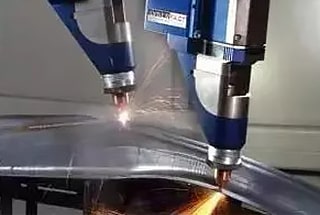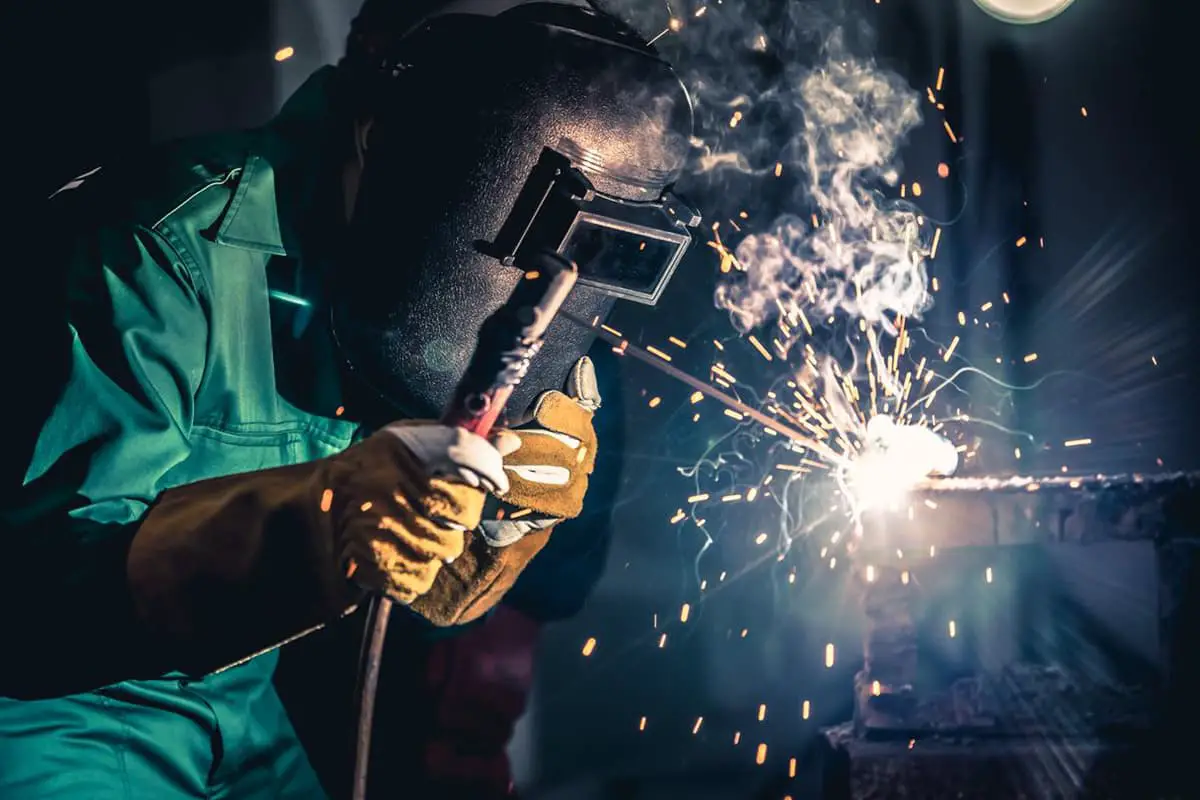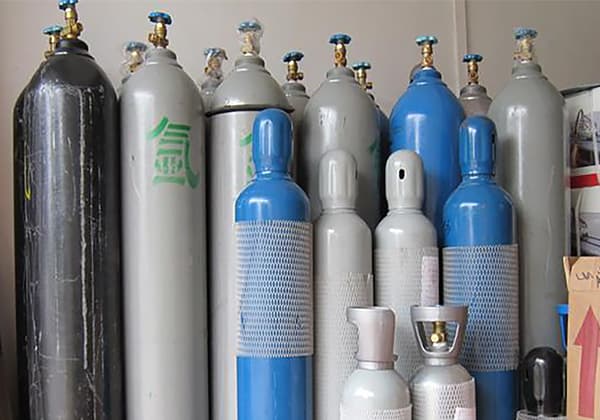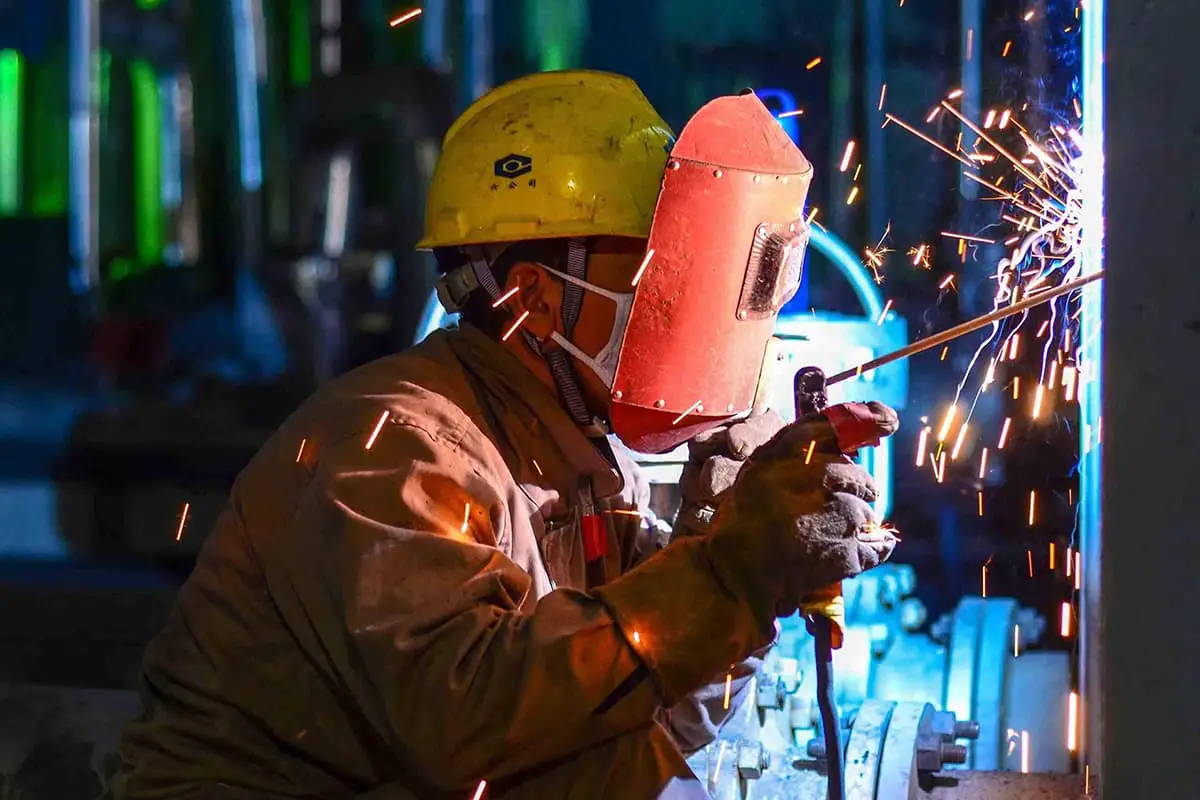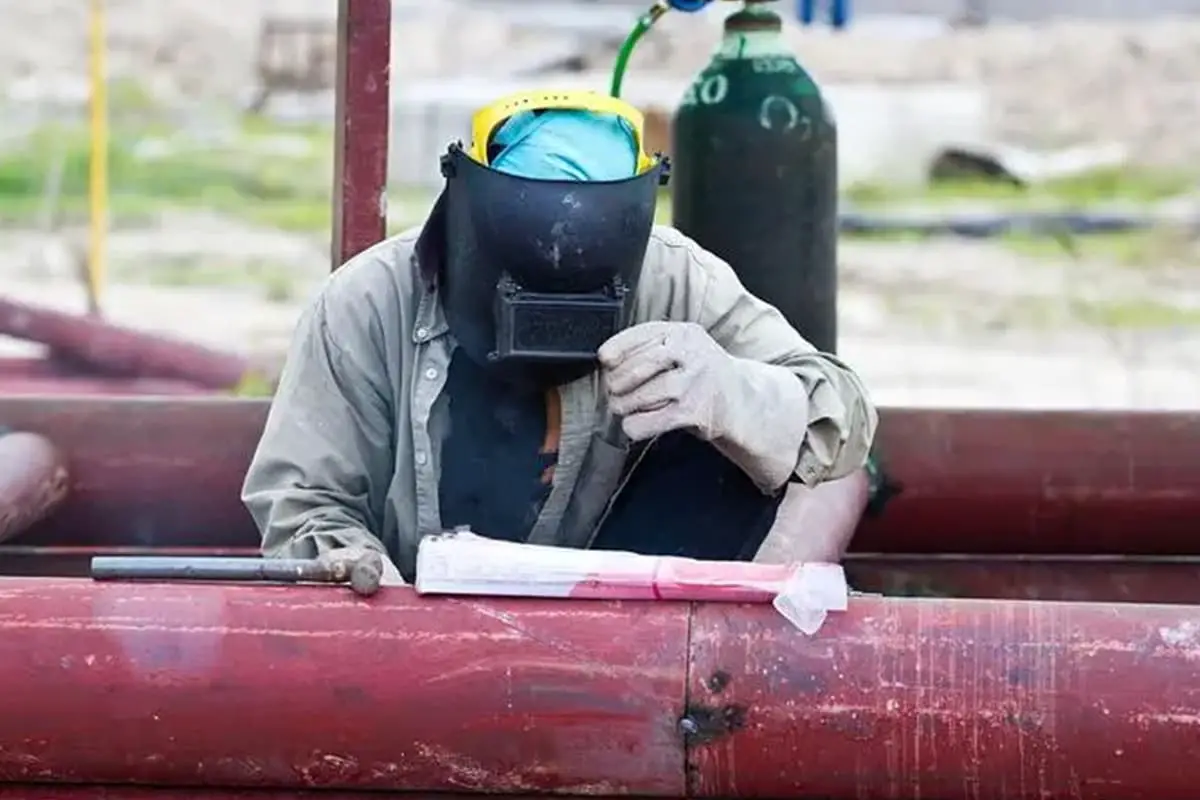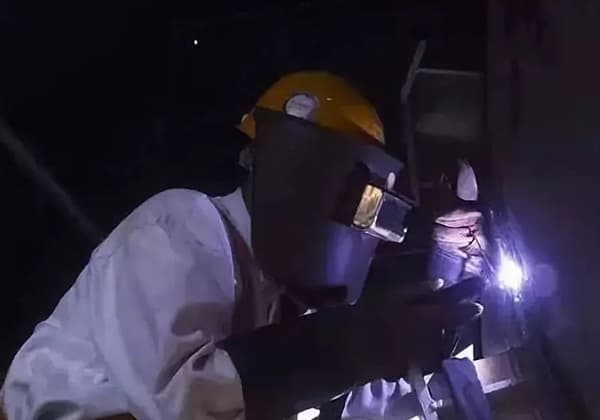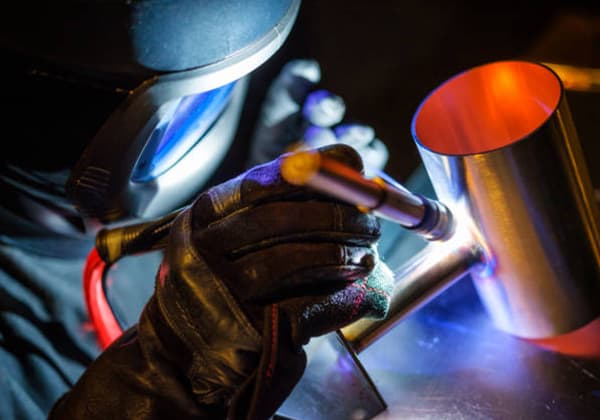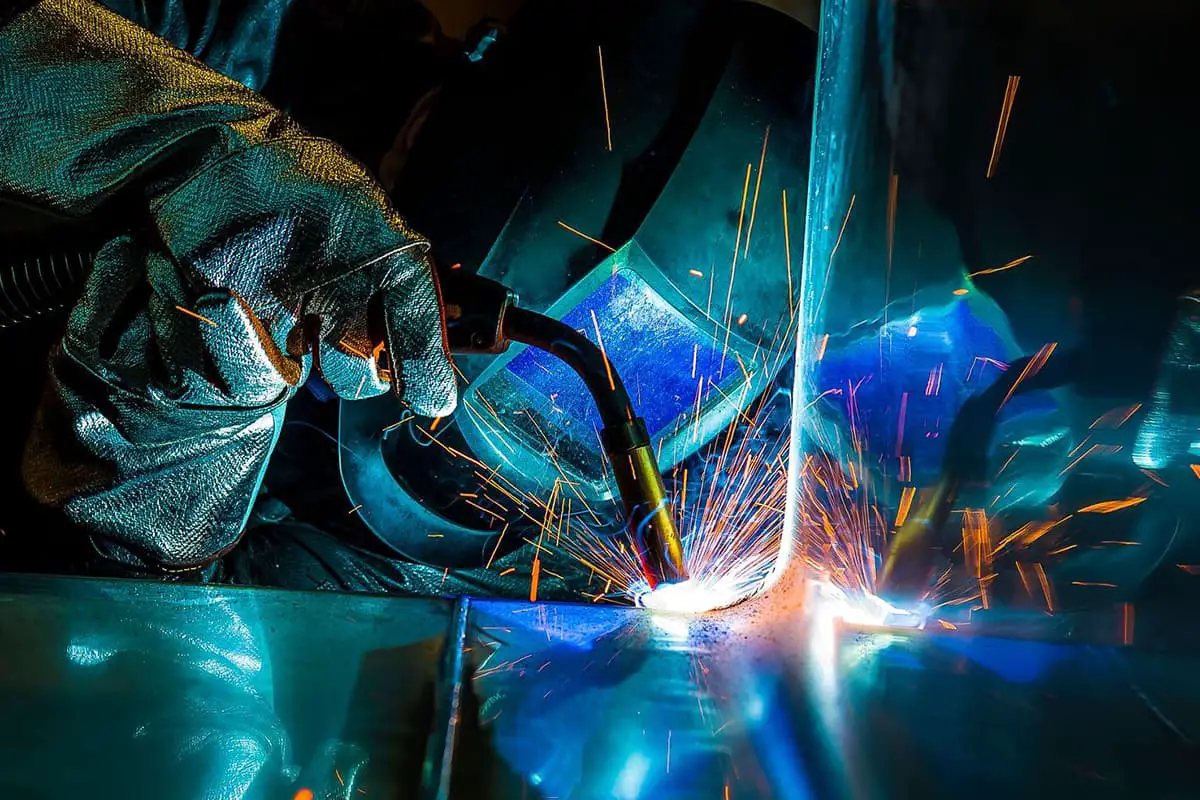
Welding different materials can be tricky, often leading to issues like cracking and deformation. Why do these problems arise? This article explores eight common challenges in welding dissimilar metals, such as differences in melting points and thermal expansion rates. By understanding these obstacles, you’ll learn strategies to improve weld quality and avoid common pitfalls in your projects. Dive into the details to ensure your welds are strong and reliable, even when working with varying metals.
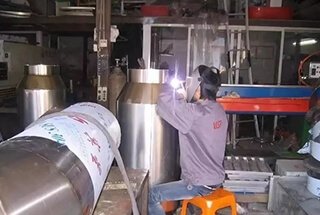
Dissimilar metals refer to metals composed of different elements, such as aluminum and copper, or alloys formed from the same base metals with distinct differences in their metallurgical properties, such as physical and chemical properties. They can be used as base metal, filler metal, or weld metal.
The welding of dissimilar materials refers to the process of joining two or more materials with differing chemical compositions, metallurgical structures, and performance under specific process conditions.
The most common type of dissimilar metal welding is dissimilar steel welding, followed by dissimilar non-ferrous metal welding and the welding of steel and non-ferrous metals.
Related reading: Ferrous vs Non-ferrous Metals
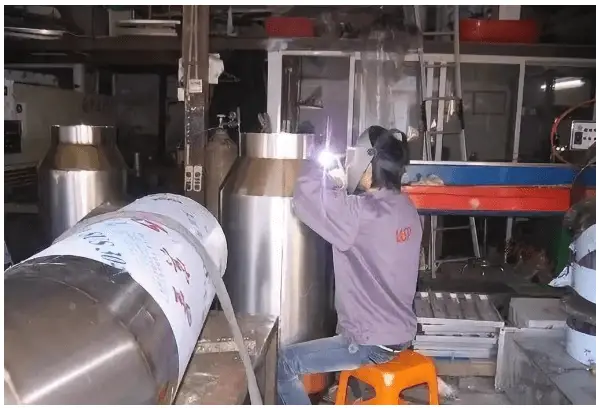
In terms of joint form, there are three basic scenarios: the joining of two different base metals, the joining of the same base metal but with different filler metals (such as medium carbon quenched and tempered steel joined with austenitic welding materials), and the joining of composite metal plates.
The welding of dissimilar materials involves welding two different metals together, resulting in a transition layer with properties and microstructure that differ from the base metal.
The welding of dissimilar metals is much more complex than that of similar materials in terms of welding mechanism and technological operation due to the significant differences in elemental properties, physical properties, and chemical properties.
The primary challenges in welding dissimilar materials are as follows:
1. The greater the difference in melting points between different materials, the more challenging it is to weld.
This is because when the material with a low melting point reaches its melting state, the material with a higher melting point remains solid. At this point, the melted material can easily penetrate into the grain boundary of the overheated zone, leading to the loss of low melting point material, the burning or evaporation of alloy elements, and making the welded joint difficult to weld.
For example, when welding iron and lead (which have a very different melting point), not only can the two materials not dissolve into each other in the solid state, but they also cannot dissolve into each other in the liquid state. The liquid metal separates into layers and crystallizes separately after cooling.
2. The greater the difference in linear expansion coefficients between different materials, the more challenging it is to weld.
The larger the coefficient of linear expansion, the higher the thermal expansion rate, the greater the shrinkage during cooling, and the greater the welding stress that will be produced when the molten pool crystallizes.
This type of welding stress is not easily eliminated, resulting in significant welding deformation.
Because of the different stress states of the materials on both sides of the weld, cracks can easily form in the weld and heat-affected zone, and even lead to the peeling of the weld metal and base metal.
3. The greater the difference in thermal conductivity and specific heat capacity between different materials, the more challenging it is to weld.
The thermal conductivity and specific heat capacity of the material can negatively impact the crystallization conditions of the weld metal, severely coarsen the grain structure, and impact the wettability of the refractory metal.
Therefore, it is important to choose a strong heat source for welding and position the heat source to be inclined towards the side of the base metal with good thermal conductivity.
4. The larger the difference of electromagnetic properties between different materials, the more difficult it is to weld.
The greater the difference in electromagnetic properties between materials, the more unstable the welding arc will be, leading to a poorer quality weld.
5. The more intermetallic compounds formed between dissimilar materials, the more difficult it is to weld.
The brittleness of intermetallic compounds makes it prone to causing cracks or even fractures in the weld.
6. During the welding of dissimilar materials, changes to the metallographic structure or the formation of new structures in the welding zone can result in a deterioration of the performance of the welded joint, presenting significant difficulties in welding.
The mechanical properties of the fusion zone and heat-affected zone of the joint are poor, with a noticeable decrease in plastic toughness.
This decreased joint toughness and the presence of welding stress make the dissimilar material welded joint prone to cracking, especially in the heat-affected zone.
7. The greater the oxidizability of dissimilar materials, the more challenging it is to weld. For example, fusion welding of copper and aluminum can easily result in the formation of copper and aluminum oxides in the molten pool.
During the cooling crystallization, the oxide existing in the grain boundary can reduce the intergranular bonding force.
8. When dissimilar materials are welded, it is difficult for the weld and the two base metals to meet the requirement of equal strength.
This is because metal elements with low melting points are susceptible to burning and evaporation during welding, altering the chemical composition of the weld and reducing its mechanical properties, particularly when welding dissimilar non-ferrous metals.

